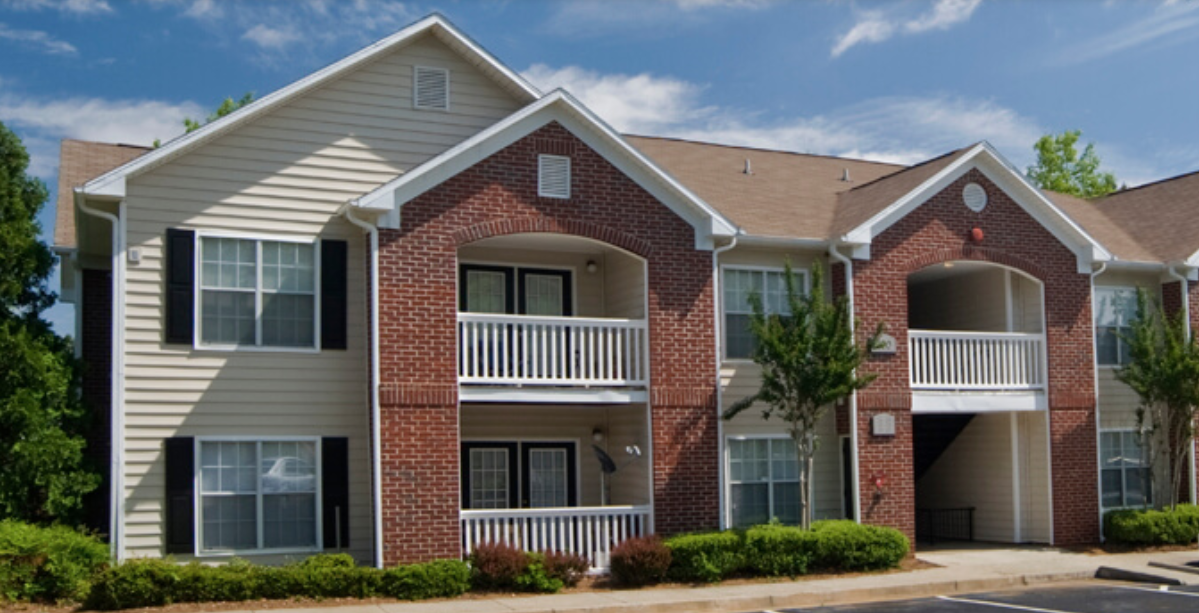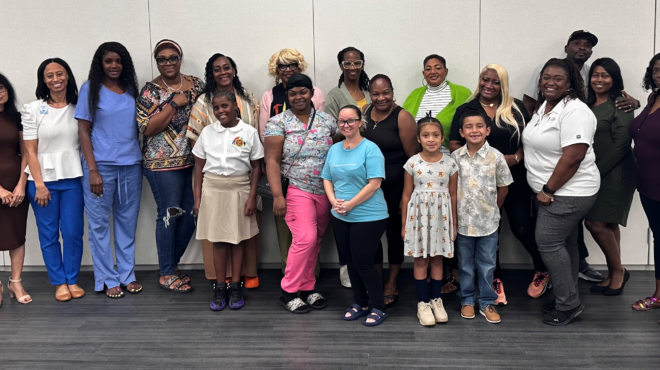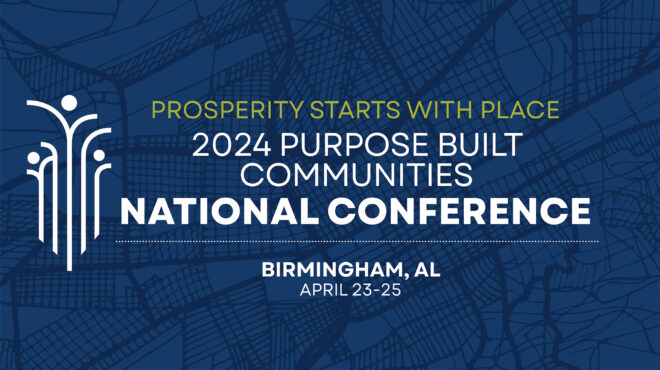Effective, affordable health care is essential for improving health, but what happens beyond the doctor’s office also has a major impact on how healthy we are. There is increasing understanding of how important it is to combine good medical care with support in daily life.
Where we live, learn, work and play all make a difference—for better or worse. Nutritious school lunches, affordable healthy foods, safe places to live, convenient places to exercise, clean air and water and a range of other factors contribute to how healthy we are. In fact, where you live can dramatically increase your chance of living a longer, healthier life, in some cases by as much as 13 years.
One of the main factors in helping or hindering someone in becoming healthy is what is known as the built environment, e.g., the infrastructure —parks, sidewalks, roads, local businesses, etc. —that surround (or don’t) someone. Not only does intentionally building healthier communities lead to improvements in the public’s health, but it improves the economy, education and infrastructure. Basically, everything impacts health, and good health can benefit everyone and everything in a community.
This concept of intentionally focusing on health when looking at the built environment is exemplified by East Lake in Atlanta and the work of Purpose Built Communities.









